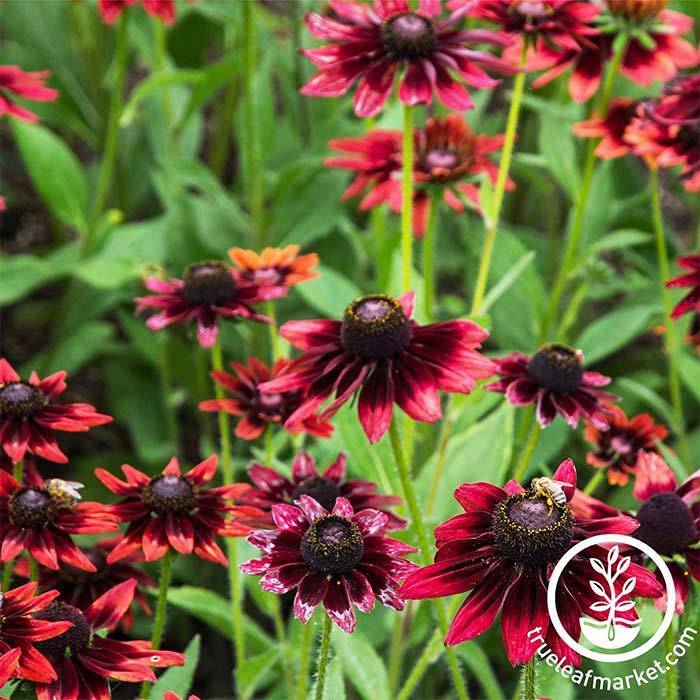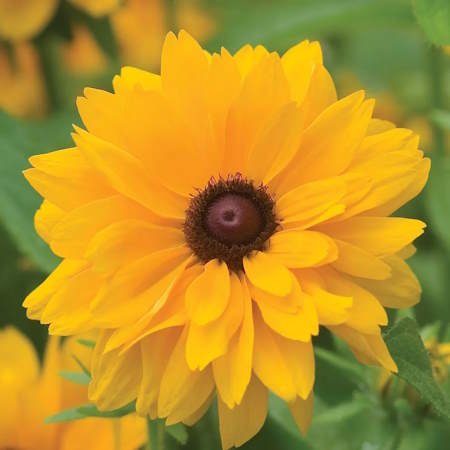How to grow black-eyed Susan – for months of dazzling blooms to enjoy
If you want flowers that look glorious and attract pollinators into your backyard, you'll want to learn how to grow black-eyed Susans
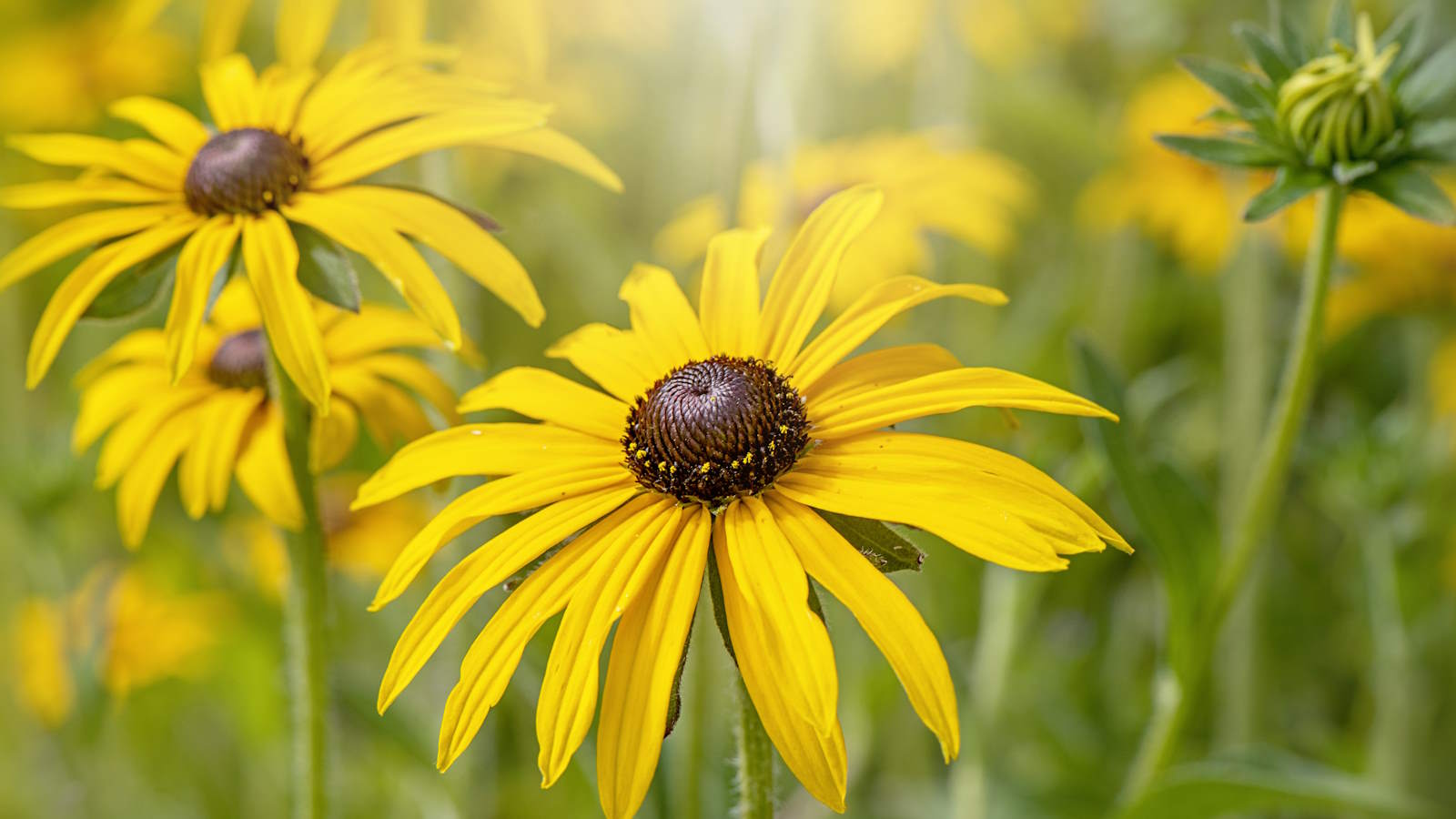

Black-eyed Susans get their name from the dark center of their daisy-like flower heads. The ‘black eye’ of the plant stands out against the bright petals, which are most commonly yellow but can also come in warm shades of oranges, golds, and reds.
Planting black-eyed Susans does not just give you color and impact during their long flowering season, as the plants are also renowned for attracting a wealth of pollinators as part of any wildlife garden ideas.
Hardy in US hardiness zones 3-9, black-eyed Susans come in perennial and annual varieties. The most popular of which is Rudbeckia hirta, a short-lived perennial commonly grown as an annual to bring bright pops of glorious long-lasting bloom to beds and borders.

Rudbeckia hirta is the popular black-eyed Susan to grow with the traditional yellow petals
Why grow black-eyed Susans in your garden
Black-eyed Susans come in many colors and sizes to fit any backyard ideas, and they are also highly versatile. The plants can thrive in flower beds, raised beds, container gardens, or even as part of a butterfly garden to attract the glorious pollinators.
‘This flower is excellent for planting as ground cover, and can also help cover rocks or unsightly tree stumps when supported by a trellis,’ says Rebecca Sears, a gardening expert at Ferry-Morse. ’It’s also a steady source of pollen and nectar, bringing helpful pollinators like bees to your garden as they bloom in the summer through fall.’
Perennial black-eyed Susans will die back each winter to start growing again in spring. Varieties grown as annuals are also known to self-seed around the garden to spread and grow new plants in flower beds year after year.

As CMO and resident green thumb for the Green Garden family of brands, Rebecca Sears nurtures the company's heritage but also looks to develop new products and solutions to help gardeners of all skill levels fuel their passion and become more successful in the garden. Rebecca has been gardening from coast to coast, first realizing her passion while living in Portland, Oregon, inspired by the public gardens throughout the city.
How to grow black-eyed Susan
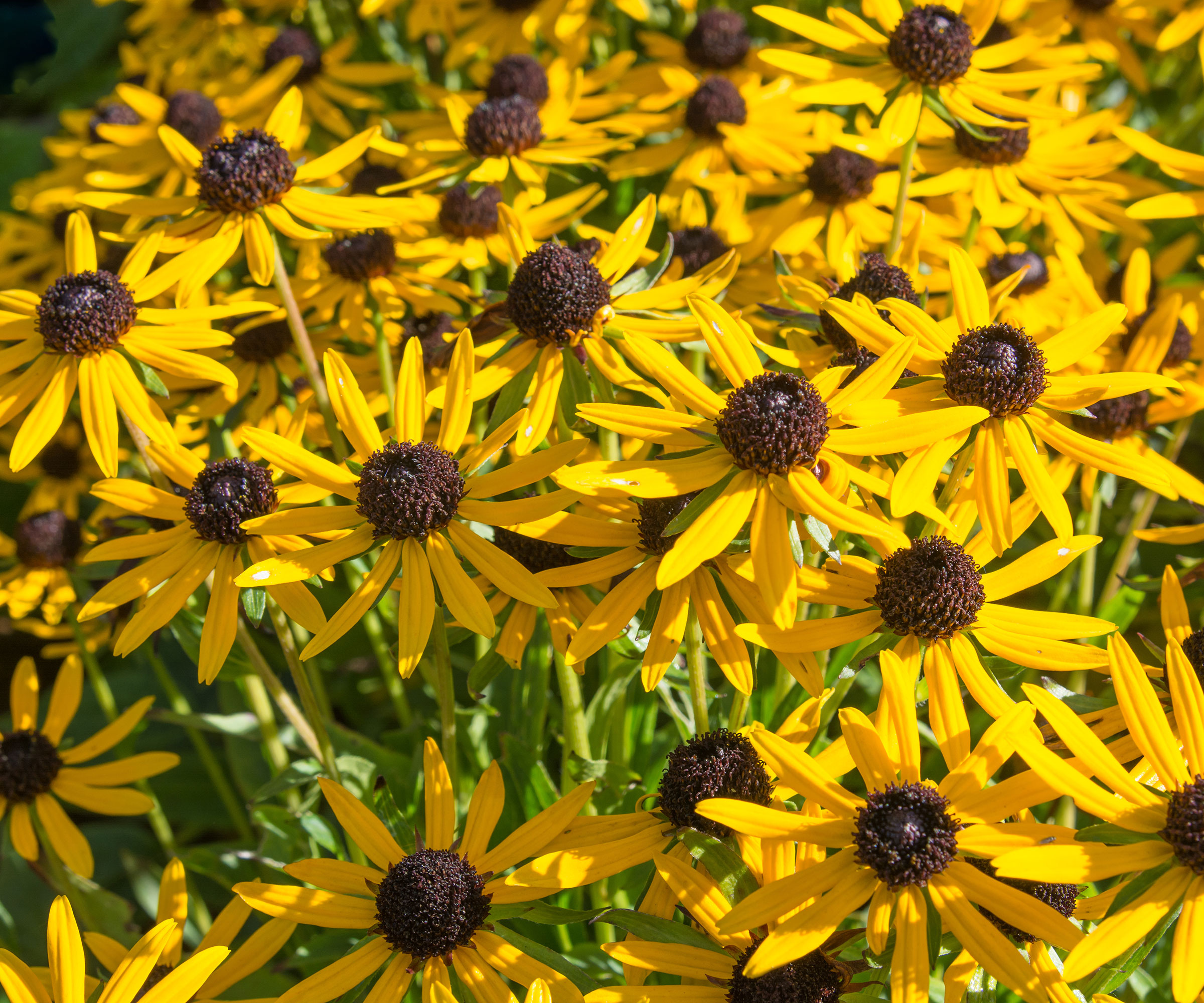
Growing black-eyed Susans will attract lots of pollinators into a garden
Black-eyed Susan plants can be sown from seed or bought as container-grown plants from garden centers, nurseries, or online. It is best to sow seeds indoors to get a head start on the season and have plants ready to go outdoors once the risk of frosts has passed.
Holly Heider Chapple, floral designer and owner of Hope Flower Farm, recommends starting seedlings in trays or pots so plants ‘establish a good root structure before they are planted outside’.
The best time to start sowing indoors will depend on your US hardiness zone. The ideal time is six to eight weeks before your last frost. It means you can sow the flower seeds in February in warmer climates, but they could be flowers to sow in April in colder regions.
The recommendation to start black-eyed Susan seeds indoors is echoed by Meredith Bishop, flower grower and owner of Bloom & Bounty. She adds that ‘by transplanting seedlings you can better control spacing in the garden’.
Black-eyed Susans, whether shop-bought plants or ones homegrown from seed, want to be spaced 18 inches apart when planted in the backyard after all danger of frost has passed.

Holly Heider Chapple began her floristry career 30 years ago as a wedding and event floral designer. Known for her garden-inspired designs, she has influenced trends in the profession of floristry by exposing designers and the public to unique and hearty blooms. Holly and her late husband Evan purchased Hope Flower Farm in 2015. Hope Farm is now a functioning flower farm and winery and an educational facility and bed and breakfast for floral designers.
Shop Black-Eyed Susan Seeds
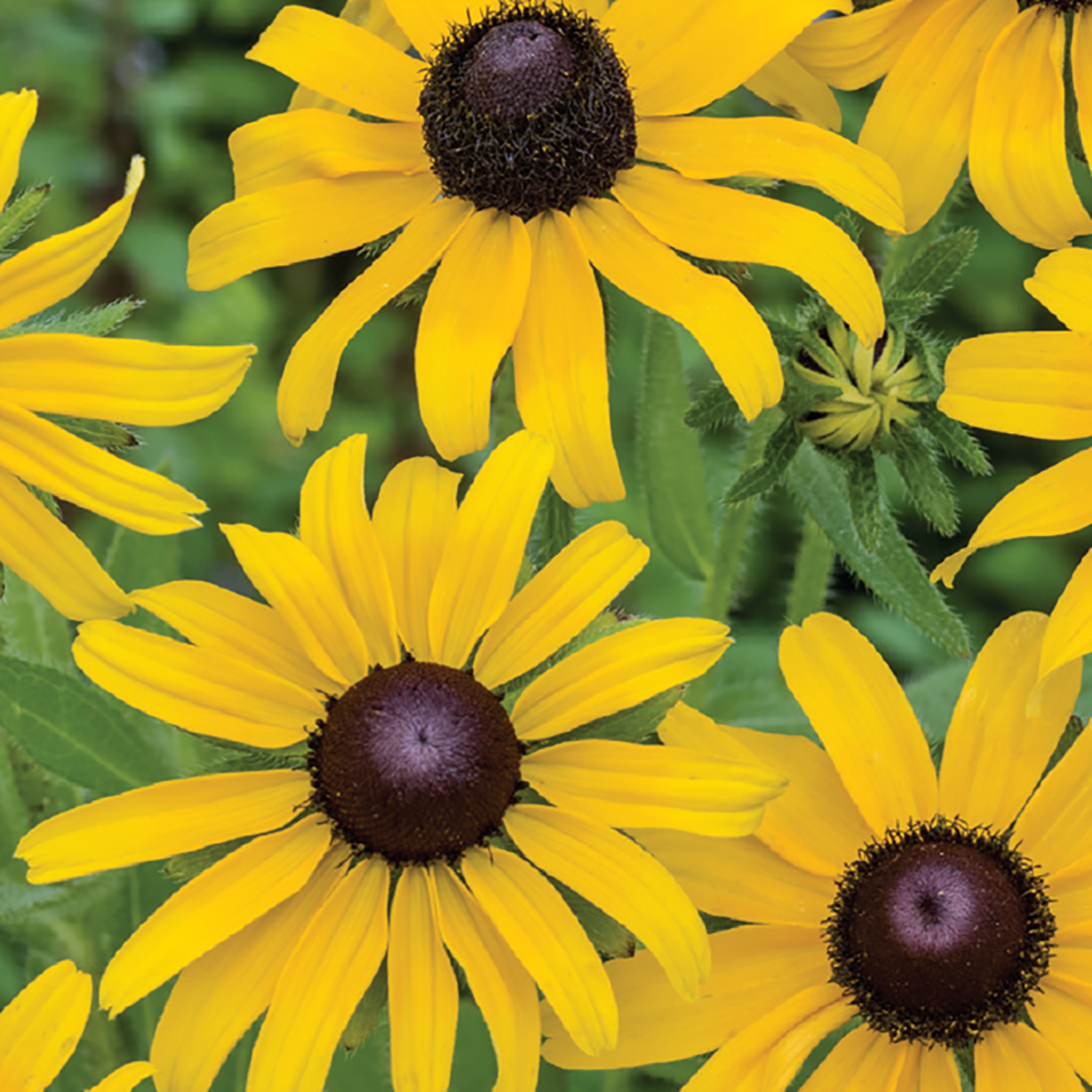
Rudbeckia hirta seeds provide a spectacular burst of color and a steady source of pollen and nectar to support bees and other pollinators.
Where to plant black-eyed Susan

Grow black-eyed Susans from seed for budget-friendly blooms
Black-eyed Susans grow best in a sunny spot in your backyard, they thrive on 6 to 8 hours of full sun a day. They are not plants for shade but can tolerate a spot in the backyard that is partial shade. If you are growing them as a container plant for pollinators, choose the sunniest spot in your backyard for your pot and they will flower profusely.
The plants want a soil type that is fertile and well-draining. Black-eyed Susans do not respond well to sitting on soggy ground, so keep drainage at the forefront of your thoughts. If you do have heavier soil, adding organic matter can help improve the structure and drainage.
Pots should be filled with well-draining potting soil for container gardening, such as this potting mix for outdoor containers available at Amazon. Such pre-made potting soil will be designed to have good levels of drainage and aeration that will encourage potted plants to grow strong roots and develop healthily. Never use garden soil in pots as it will sit too wet, or reuse old potting soil into new containers.
Black-eyed Susan plant care tips
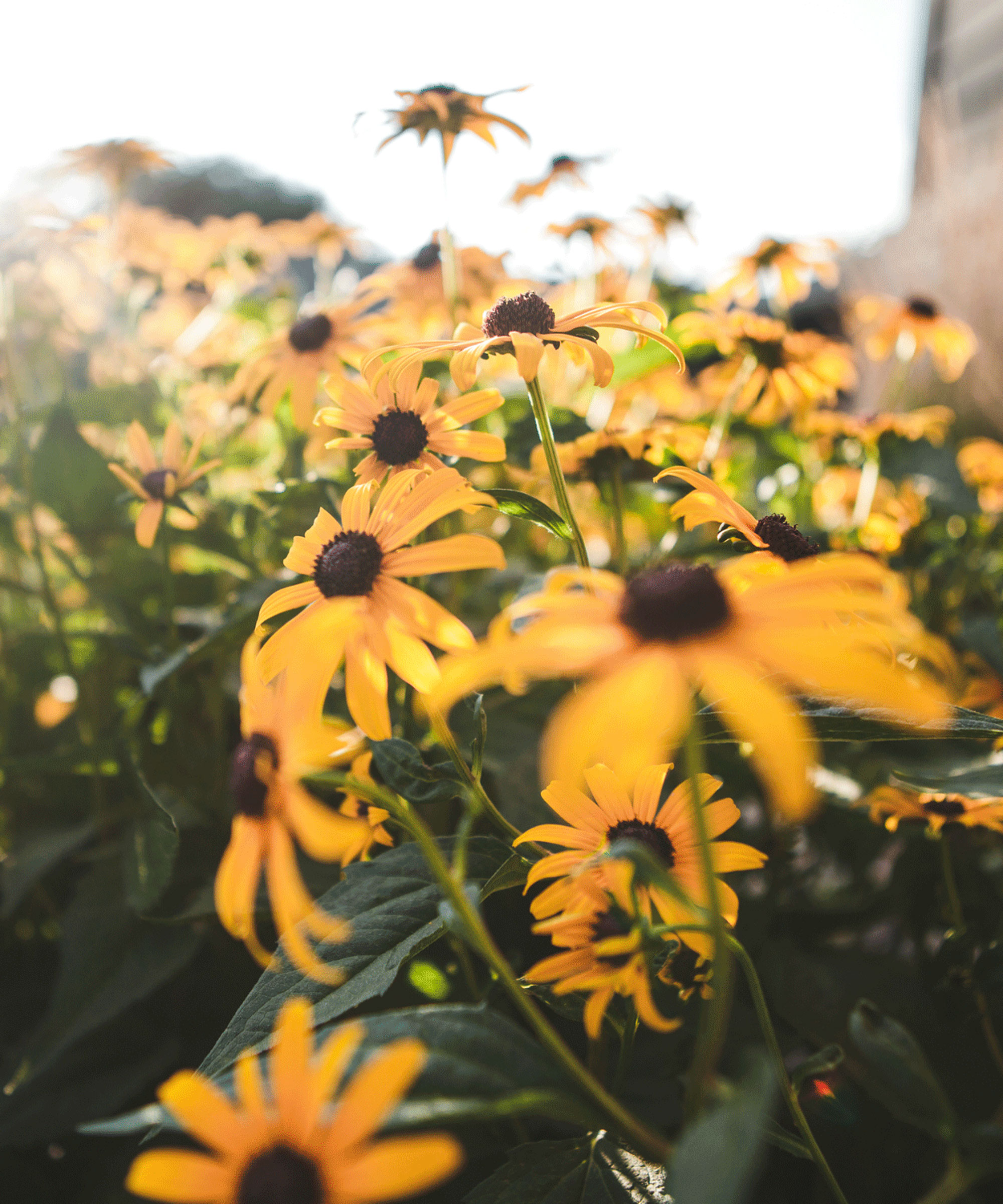
Grow black-eyed Susans in a very sunny spot in your backyard
The good news is that black-eyed Susans are very low-maintenance plants. They will need to be watered regularly after planting and for the first few weeks to get established, but after that can be fairly drought-tolerant plants. Rebecca Sears claims that black-eyed Susans only need ‘an inch to two inches of water each week’. She recommends: ‘Be sure to keep the soil moist, using a moisture meter to keep track of how much water your flowers are receiving.’
Black-eyed Susans will not need a lot of regular fertilizing. The addition of compost or other organic matter to the site before planting can suffice for annual varieties. Perennial types of black-eyed Susan will benefit from an annual feed with a slow-release balanced fertilizer each spring, just as the new growth is starting. An example of a good feed to consider using is this plant food, available at Amazon.
Mulching around plants can help to provide nutrients, retain moisture in the soil, and reduce competition from weeds for water and nutrients. A layer around two inches thick of an organic type of mulch, such as compost, leaf mold, or bark chippings, will improve soil health and benefit your plants.
Black-eyed Susans bloom from early summer and can flower all the way through to the first frosts. Meredith Bishop claims that plants ‘will reward aggressive dead-heading with profuse blooms’ so advises regularly taking out clean and sharp pruning shears to snip off spent flower heads throughout the blooming season.
Perennial types of black-eyed Susan can either be cut back in fall or spring. Cutting back black-eyed Susan in the fall can tidy a yard for winter, while leaving the task to spring can provide structure during the colder months and benefit wildlife that eats the seeds.

Meredith Bishop is a sustainable flower grower specializing in old-world blooms grown from seed in her gardens in urban Nashville, Tennessee. She also operates a retail design studio in Nashville, and enjoys teaching, speaking and writing about all aspects of flower gardening.
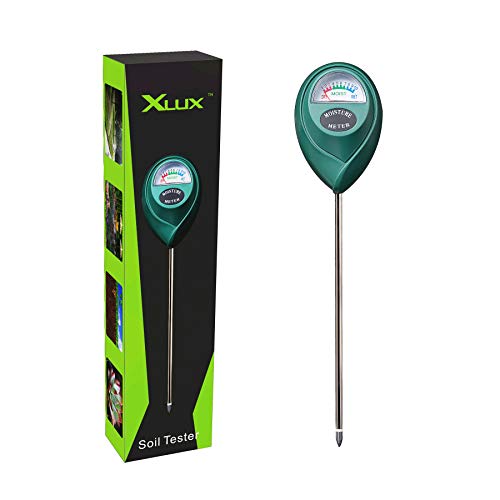
A sensing probe to provide accurate and instant testing results, for both indoor or outdoor use. Simply insert the moisture meter into soil and you'll get the test result instantly.
FAQs
Can I sow black-eyed Susan seeds directly in the ground?
The seeds can be sown directly into the soil once the ground has warmed up to 70⁰ F in spring. To sow seeds outdoors, first prepare the ground by weeding and raking it level before scattering the seeds thinly over the soil surface. Do not cover the seeds and keep the soil moist to encourage germination. The seedlings should be thinned as they appear to be at least 18 inches apart.
Black-eyed Susans will self-seed around a garden, however, if you want more control you can collect seeds to start new plants.
To get these free seeds, let some flower heads go to seed and remove them from the plant when they are dry and turn brown. Separate the seeds from the chaff and store the seeds in a paper envelope in a cool and dry place to sow the following spring.
Sign up to the Homes & Gardens newsletter
Design expertise in your inbox – from inspiring decorating ideas and beautiful celebrity homes to practical gardening advice and shopping round-ups.

Drew’s passion for gardening started with growing vegetables and salad in raised beds in a small urban terrace garden. He has worked as a professional gardener in historic gardens and specialises in growing vegetables, fruit, herbs, and cut flowers as a kitchen gardener. That passion for growing extends to being an allotmenteer, garden blogger, and producing how-to gardening guides for websites. Drew was shortlisted for the New Talent of the Year award at the 2023 Garden Media Guild Awards.
-
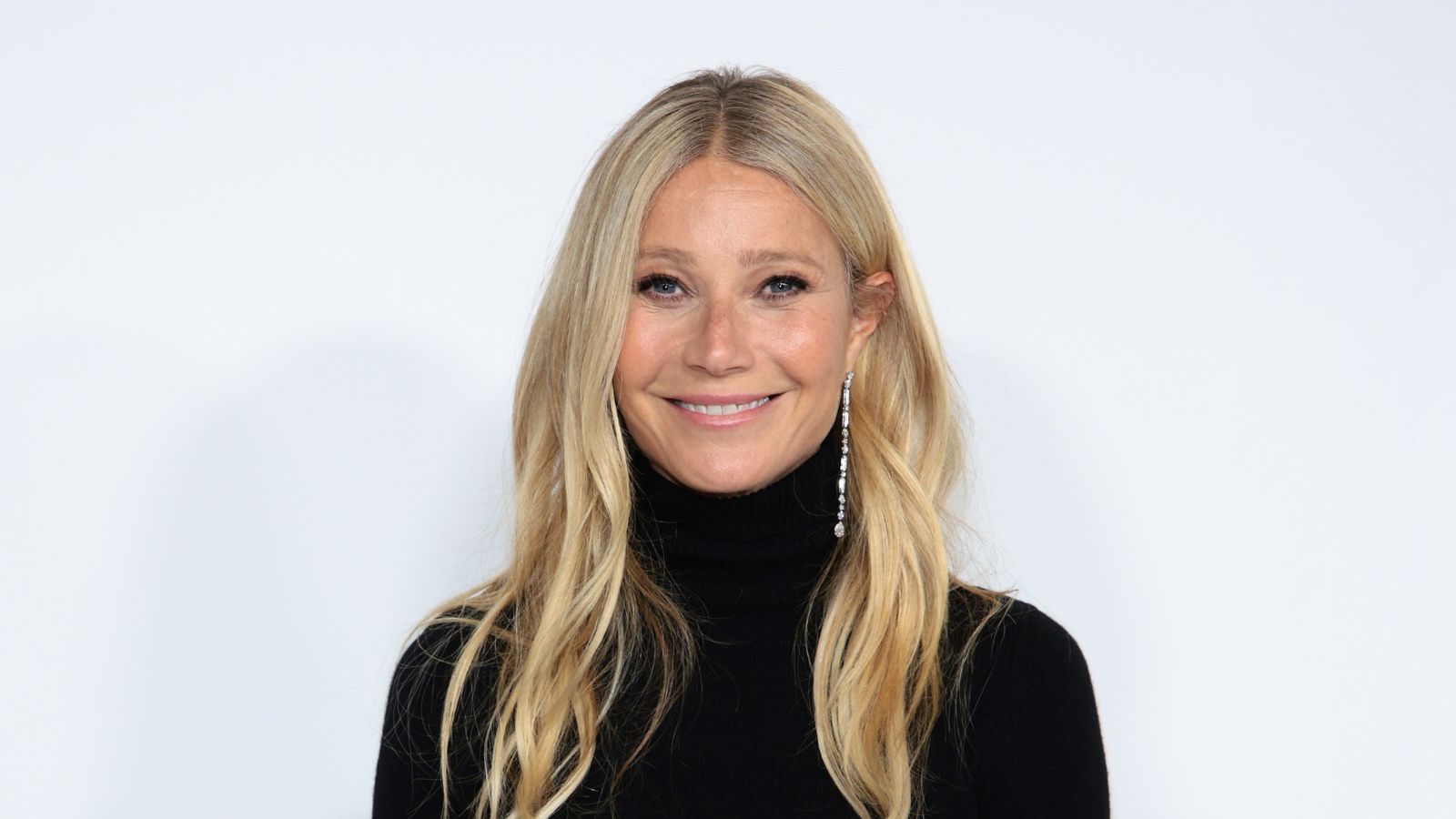 Gwyneth Paltrow's quiet luxury kitchen is so beautiful, we almost overlooked her ultra-smart cabinets – they make the use of 'every inch' of storage space
Gwyneth Paltrow's quiet luxury kitchen is so beautiful, we almost overlooked her ultra-smart cabinets – they make the use of 'every inch' of storage spaceThe Goop founder makes use of dead space in her kitchen with customized cabinetry that reaches to the ceiling, providing ample storage
By Hannah Ziegler
-
 Martha Stewart's intelligent cabinets 'take every inch into consideration' – their 'visually light' style will solve your small kitchen storage problems
Martha Stewart's intelligent cabinets 'take every inch into consideration' – their 'visually light' style will solve your small kitchen storage problems'Every kitchen can be beautiful and functional, no matter what the size': 9 years since sharing her clever storage, Martha's cabinets are just as beautiful
By Megan Slack
